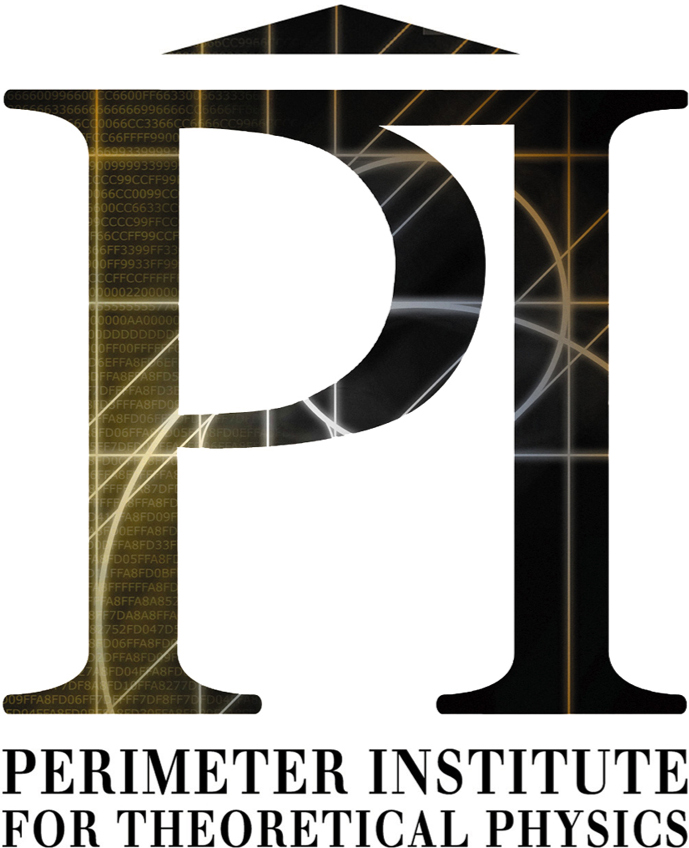Tutorials
Titles and Abstracts
|
Clemens
G. Raab, RICAM, Austrian Academy of Sciences 
|
Symbolic computation of parameter integralsAbstract:Integrals are important to many applications ranging from physics over engineering to statistics. While systematic methods for symbolic computation of integrals have a long history, computer algebra tools for computation of parameter integrals are a more recent topic. For computing (definite) parameter integrals, one does not necessarily need to know an explicit antiderivative of the integrand, such computations often rely on techniques like differentiation under the integral instead. In this tutorial we will give an introduction to some of the techniques and algorithms for symbolic computation of one-dimensional integrals, mainly focusing on the following ones. In 1969 Risch gave an algorithm for computing indefinite integrals of elementary functions, which received much attention. Ever since his algorithm has been improved and generalized in various ways. Recent variants can deal with several types of special functions occurring in the integrand. The algorithm has also been adapted to parametric integration, a general form of differentiation under the integral. |
|
Daniel
Robertz, Plymouth University, United Kingdom 
|
Formal algorithmic elimination for PDEsAbstract:Similarly to the correspondence between radical ideals of a polynomial ring and varieties in algebraic geometry, a correspondence between radical differential ideals and their analytic solution sets has been established in differential algebra. This tutorial discusses aspects of this correspondence involving symbolic computation. In particular, an introduction to the Thomas decomposition method is given. It splits a system of polynomially nonlinear partial differential equations into finitely many so-called simple differential systems whose solution sets form a partition of the original solution set. The power series solutions of each simple system can be determined in a straightforward way. Conversely, certain sets of analytic functions admit an implicit description in terms of partial differential equations and inequations. Strategies for solving related differential elimination problems and applications to symbolic solving of differential equations are presented. A Maple implementation of the Thomas decomposition method is freely available. |
|
Georg Regensburger, RICAM, Austrian Academy of Sciences 
|
Symbolic computation with integro-differential operatorsAbstract:The algebraic and algorithmic study of integro-differential algebras and operators has only started in the past decade. Integro-differential operators allow us in particular to study initial value and boundary problems for linear ODEs from an algebraic point of view. Differential operators already provide a rich algebraic structure with a wealth of results and algorithmic methods. Adding integral operators and evaluations, many new phenomena appear, including zero devisors and non-finitely generated ideals. In this tutorial, we give an introduction to symbolic methods for integro-differential operators and boundary problems developed over the last years. In particular, we discuss normal forms, basic algebraic properties, and the computation of polynomial solutions for ordinary integro-differential equations. We will also describe methods for manipulating and solving linear boundary problems and illustrate them with an implementation in the computer algebra system Maple. |











